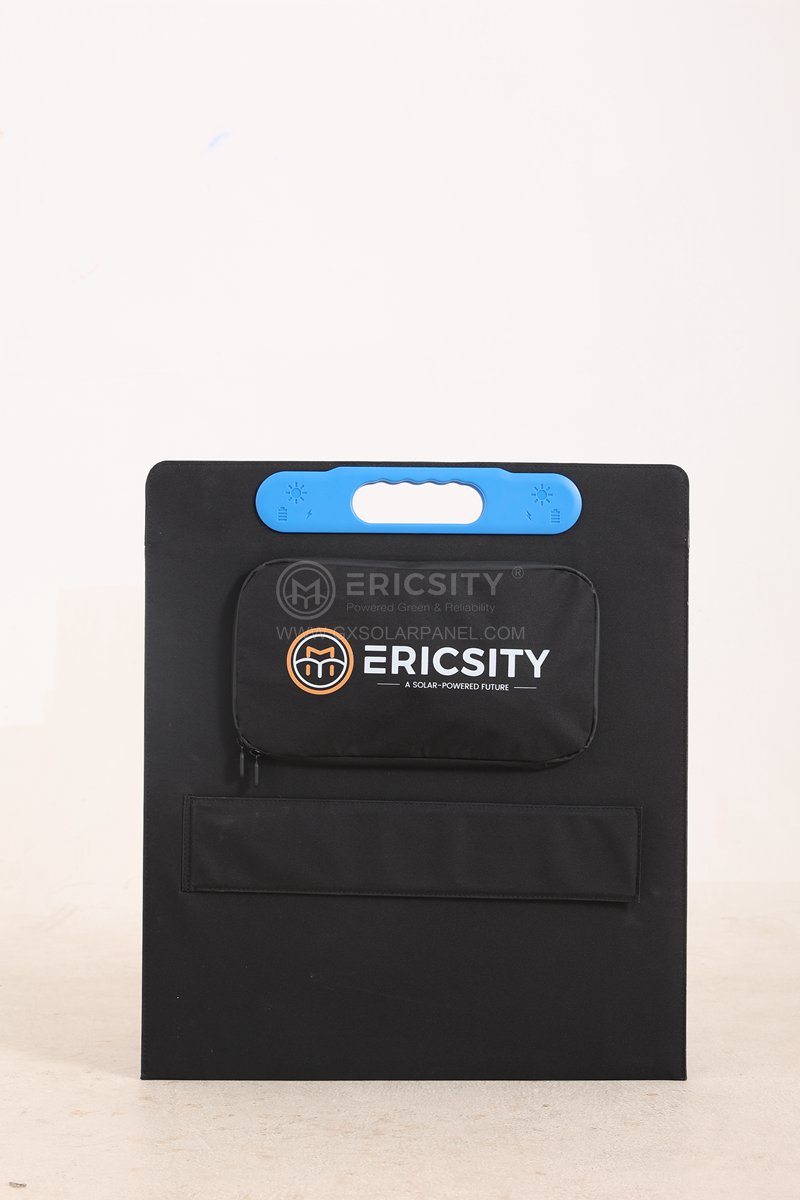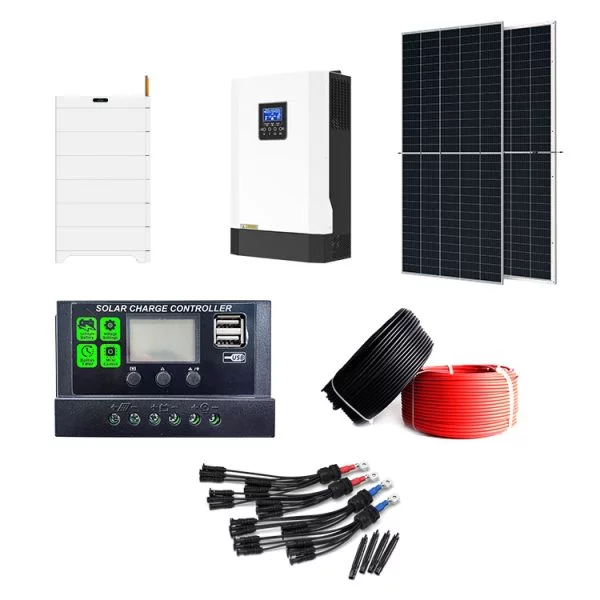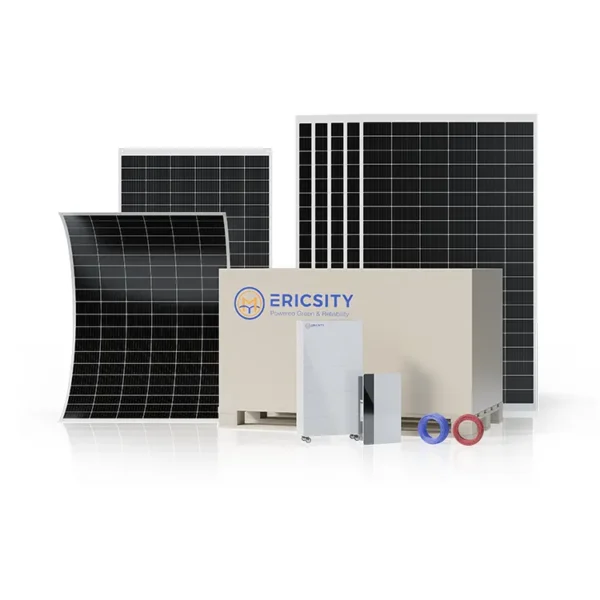HOT PRODUCT
Product Details
amorphous Flexible Solar Panels For Developing Countries
Amorphous Flexible Solar Panels For Developing Countries
In today’s world, where energy plays a pivotal role in the development of nations, finding sustainable and affordable sources of power is crucial. Developing countries, in particular, face numerous challenges in meeting their growing energy demands while also addressing issues of accessibility, affordability, and environmental sustainability. In recent years, amorphous flexible solar panels have emerged as a promising solution to address these challenges and bring about a transformative change.
Amorphous flexible solar panels, also known as thin-film solar panels, are a recent technological advancement in the field of photovoltaics. Unlike traditional silicon-based solar panels, these panels are made using flexible materials such as plastics, metals, or alloys. This flexibility allows for easy integration into various applications and offers unique advantages, especially in developing countries.
One significant advantage of amorphous flexible solar panels is their versatility. These panels can be easily and conveniently installed on different surfaces, ranging from rooftops and walls to portable devices like backpacks and smartphones. This flexibility in installation enables users to harness solar energy in both urban and rural settings, opening up a vast range of possibilities for electricity generation and distribution.

Moreover, amorphous flexible solar panels are lightweight and resistant to damage from harsh weather conditions, making them highly suitable for regions prone to natural disasters. The sturdy design and portability of these panels ensure that even in the face of adverse circumstances, the energy supply remains uninterrupted, contributing to disaster preparedness and recovery efforts.
Another significant benefit offered by amorphous flexible solar panels is their cost-effectiveness. These panels have lower manufacturing costs compared to traditional silicon-based counterparts, making them more affordable, especially for developing countries with limited financial resources. Moreover, the materials used in their production are readily available, which further reduces production costs and increases accessibility.

The affordability of amorphous flexible solar panels can significantly impact the lives of people living in remote areas or marginalized communities. In many developing countries, electricity grids do not reach every household, leaving a significant portion of the population without access to reliable power sources. The installation of these panels in such areas can bridge the energy gap and transform the lives of millions by providing electricity for lighting, powering appliances, and supporting economic activities.
Furthermore, amorphous flexible solar panels contribute to environmental sustainability by reducing carbon emissions and dependence on fossil fuels. Developing countries, often with high population densities and increasing energy consumption, face the dual challenge of meeting energy needs and combating climate change. These solar panels offer a clean and renewable energy alternative, ensuring a greener future without compromising developmental aspirations.
Despite the numerous benefits of amorphous flexible solar panels, certain challenges need to be addressed for their widespread adoption in developing countries. One such challenge is the need for robust policies and regulations that promote renewable energy initiatives and incentivize the use of solar technology. Governments and international organizations should collaborate to develop frameworks that encourage investment and lower barriers to entry for solar energy projects.
Additionally, local capacity building is crucial for the successful implementation of amorphous flexible solar panel projects. Training programs on installation, maintenance, and repair should be conducted to empower local communities and ensure the sustainable operation of these systems. Developing skills and knowledge related to solar energy can also create opportunities for job creation and entrepreneurship.
In conclusion, the use of amorphous flexible solar panels in developing countries holds immense potential to address energy challenges and drive sustainable development. Their versatility, affordability, and environmental advantages make them a viable solution for bringing electricity to remote areas, powering critical infrastructure, and promoting economic growth. By harnessing the power of the sun, nations can pave the way towards a brighter future for all.




